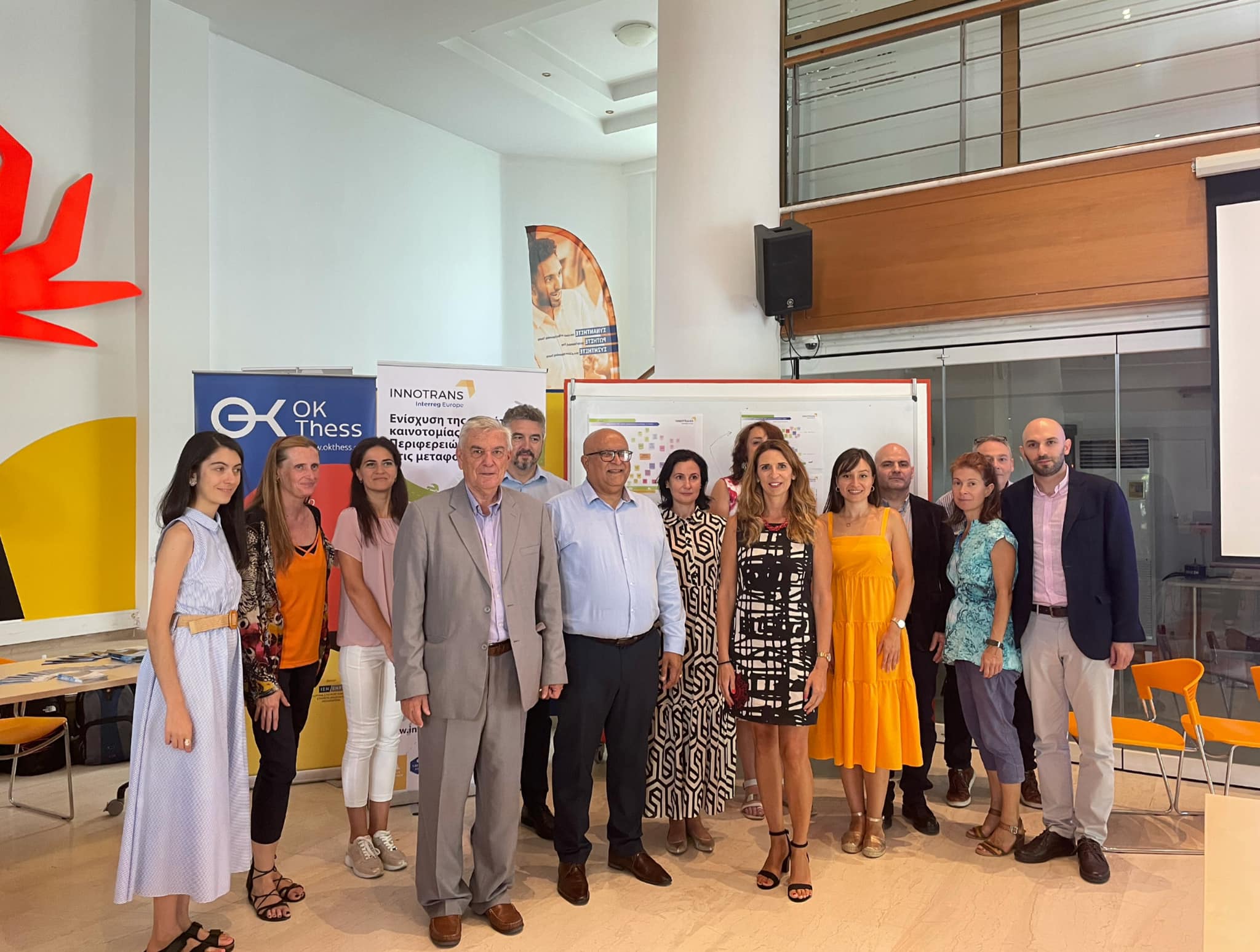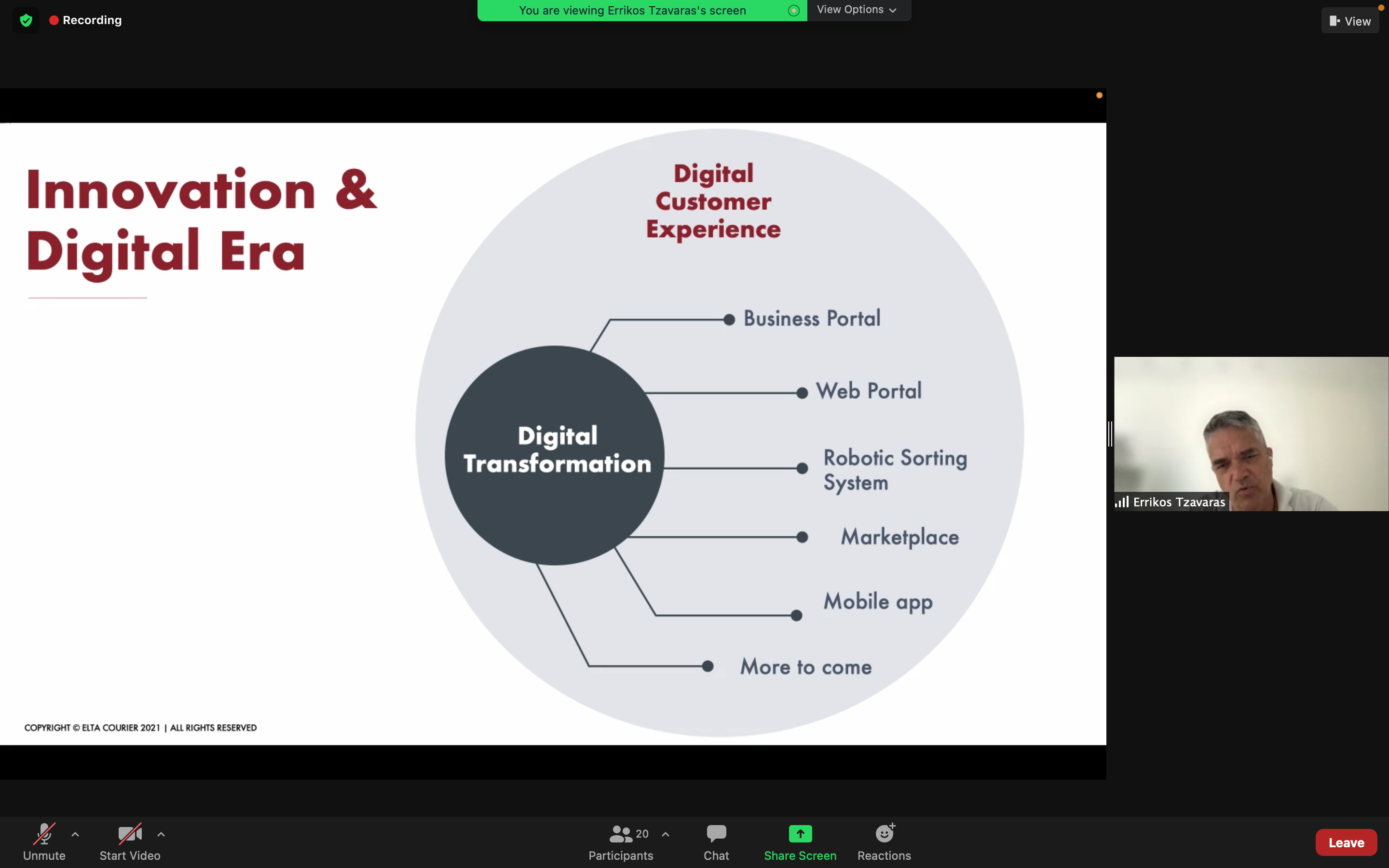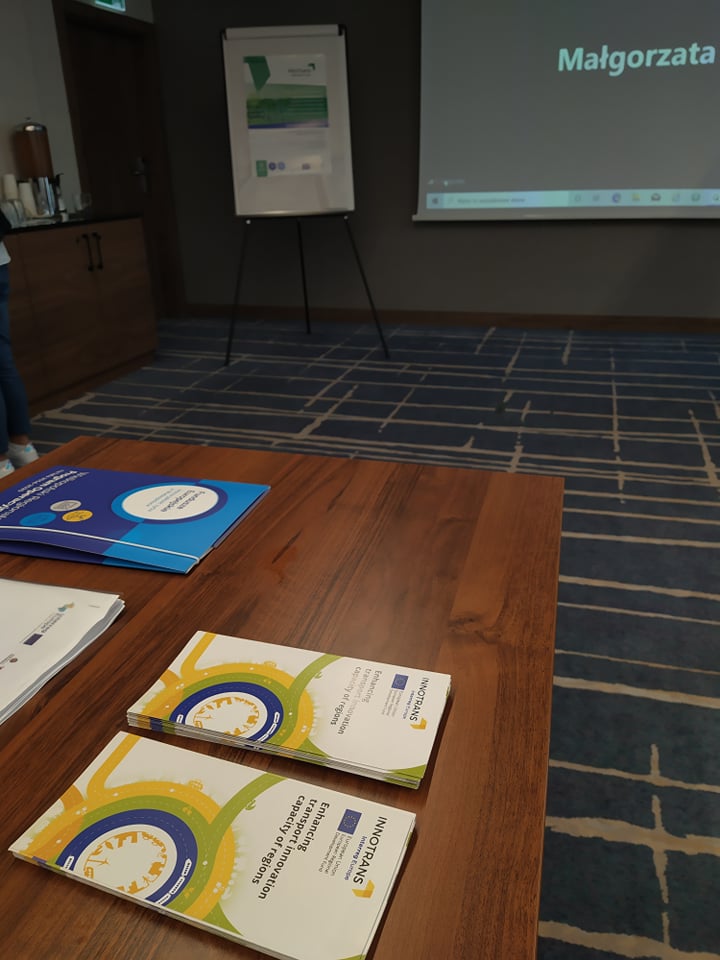The Smart Cities Expo World Forum is an international conference which was held on the 7th–8th May 2018 in Toronto, Canada. Apart from other smart city topics – smart lighting, big data analytics, etc., the conference treated state-of-the-art visions and trends of urban mobility.
During two days, over 50 speakers from Canada, USA, and the Netherlands held their speeches. The conference also covered an exhibition of the latest technology and innovations in the field of smart cities. This article summarizes interesting ideas voiced at the conference.
1. Innovations in transport / Smart transport – trends When discussing innovative transport, this covers the following issues:
- Connected cars able to communicate with the infrastructure as well as with other vehicles.
- Self-driving cars; autonomous vehicles need no drivers, orientating themselves completely by means of computer systems. Environment detection may proceed using varied methods – systems like radar, LiDAR, GPS, and computer vision.
- Smart roads and intersections equipped with varied detectors.
- Public transport priority systems.
2. Autonomous vehicles, connected cars, and consequences for cyber security KPMG created an Autonomous Vehicle Readiness Index. This index takes into account a range of variables – infrastructure available for electric cars, available technologies and research, legal status of autonomous vehicles and the acceptance of autonomous vehicles by citizens. The first position is held by the Netherlands, the second one by the Singapore, the third is the USA, the fourth one is Sweden, and the UK holds the fifth position.
Cyber security is a significant element in the world of connected and autonomous vehicles. Cases of systems hacked where cars were e.g. forced to go down a ditch were reported. Moreover, hackers may take control over multiple connected cars of the same brand, controlling them simultaneously using the same commands.

The impact of innovations on emissions and road capacity As the response time of autonomous vehicles (self-driving cars) is longer than for connected cars, autonomous vehicles cannot increase highway capacities. Cooperative autonomous vehicles may increase the road capacity significantly when using a reserved track. If they are cooperative and autonomous, they may increase the road capacity even when no reserved track is present. Research shows that connected cars have the potential to reduce the drive time by 37%, reduce CO2 emissions by 30%, and increase safety by 45% (measured by time until impact).
3. Influences on transport due to technological developments – artificial intelligence and transport vehicle sharing City development is dependent on transport system effectiveness. So far, attention was paid rather to changes in technologies, now the research starts focusing on the impact of technologies on the present mobility, and the social and economic consequences of such change. Scientists examine the following areas:
- Infrastructure: Are autonomous vehicles going to increase the road capacity, or are they going to increase the load of motorways, slip roads, and other roadways? Are reserved tracks or mixed-traffic tracks desirable?
- Freight transport and shipping services: Can autonomous vehicles, autonomous robots, or drones reduce shipment times? What would be the influence on economic results of companies/employment? How would these robots/computers communicate with pedestrians?
- Environment: May shared cars, combined with Uber-type transport services (mobile apps mediating transport services for a fee) reduce the numbers of cars in the streets? If so, are they going to reduce emissions and CO2?
- Health: Do smart technologies bring opportunities for a better inclusion of pedestrian traffic and cycling? What is the impact of modern technologies on our transport mode preferences?
- City Transport Policy: Are cities designed so as state-of-the-art technologies work for the benefit of people and not against people? What measures/regulations should be implemented to make the transport system of the future automated, shared, and favourable to the environment?
- Sustainability: How are cities going to ensure the long-term sustainability – economic, social, and environmental?

The Conference was also an opportunity to promote the INNOTRANS project, which, apart from Prague, covers also 4 other partners from the EU. The aim of the INNOTRANS project is to implement modifications based on an action plan in the field of sustainable mobility, intensifying research and technological development and innovations.












